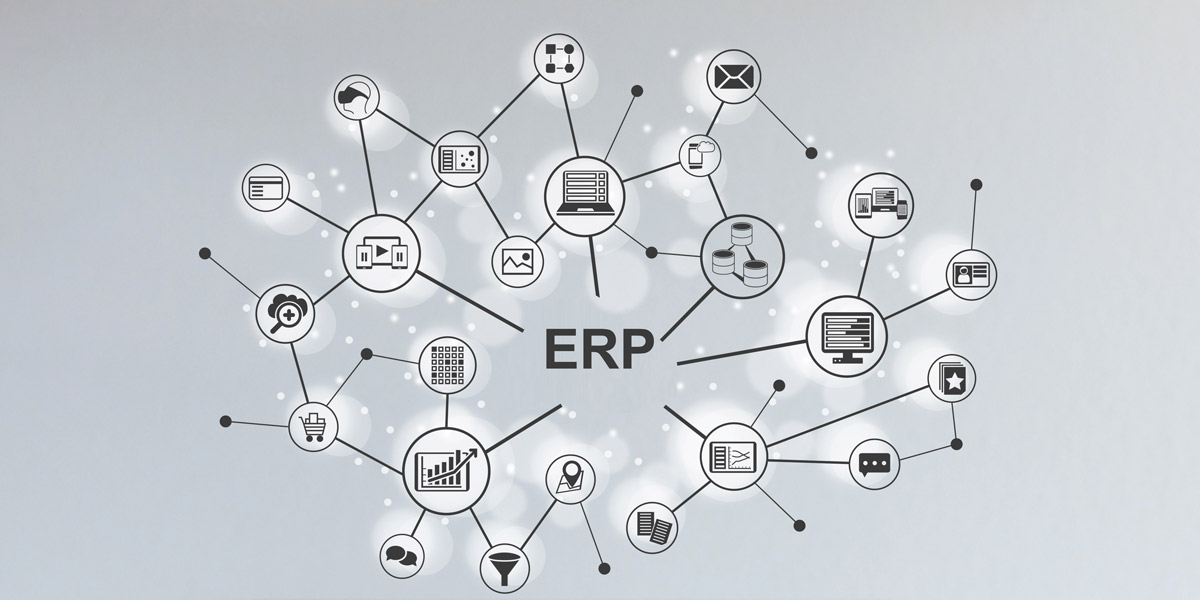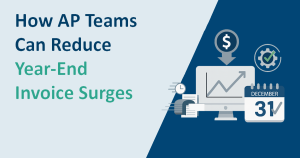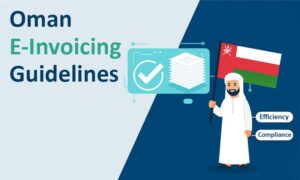As you know an ERP by definition should be a centralized system to store data to from all departments. But in practice it is more challenging than it may first appear. Listed below are some of the potential problems you could face:
- Multi-modal business requirements
- Compatibility with existing systems
- Business processes that still require legacy systems
- Migration of data from existing systems to the new system
- Direct Costs of new systems (including implementation, training, migration and maintenance etc…)
- Indirect Costs of new systems (new support software’s, upgrade of existing software’s, new infrastructure costs etc…)
- Lack of support of Business Unit heads
In practice, an organization has multiple systems in use simultaneously. There may be a system for accounts, a separate one for sales and yet another for Supply Chain and Human resources. Consolidating data from these different systems is essential. This process is known as data integration. Some challenges are:
- Vendor challenges
- Costs
- Scalability
- Maintainability
- Aged Data {not real time data}
- Lack of automation
- Data Security
Although no single solution can resolve all the issues, there is a relatively new idea called output management, which makes life a lot easier. Said idea works on the output of raw data from your ERP systems. The solution can then be configured {without programming} as required with an easy WYSIWYG interface. Furthermore, you can combine data from these disparate systems based on a well-defined business logic. This enables you generated and distributed automatically without manual intervention and also consolidate reports. The automation ensures that data tampering is not an issue. Accurate real time data is integrated and distributed to the relevant user instantaneously.
Compleo Suite from SYMTRAX offers powerful modules that help fully automate your business processes. The full featured document workflow solution encompasses archiving and multi-channel distribution capabilities. Compleo Suite is also fully compatible with any ERP systems. The solution can then be configured {without the need of programming} with an easy WYSIWYG interface. It is then possible to combine data from these various systems based on a well-defined business logic. The end result consolidates reports being generated and distributed automatically without manual intervention. Automation prevents any data tampering. Accurate real time data is integrated and distributed to the relevant user instantaneously.
Ankit Baid, Country Manager



